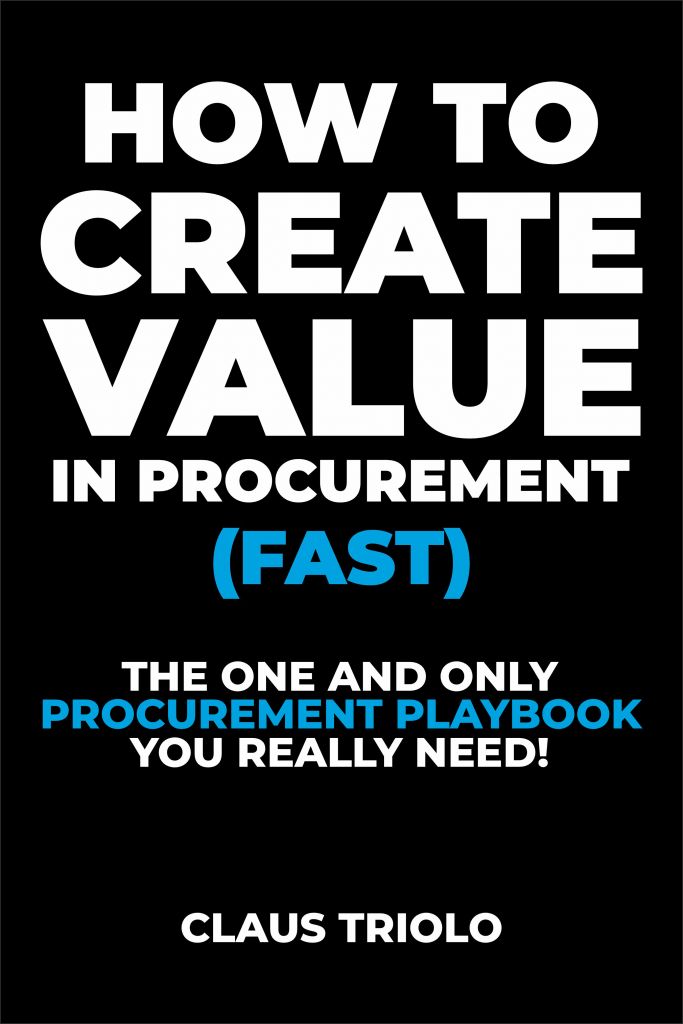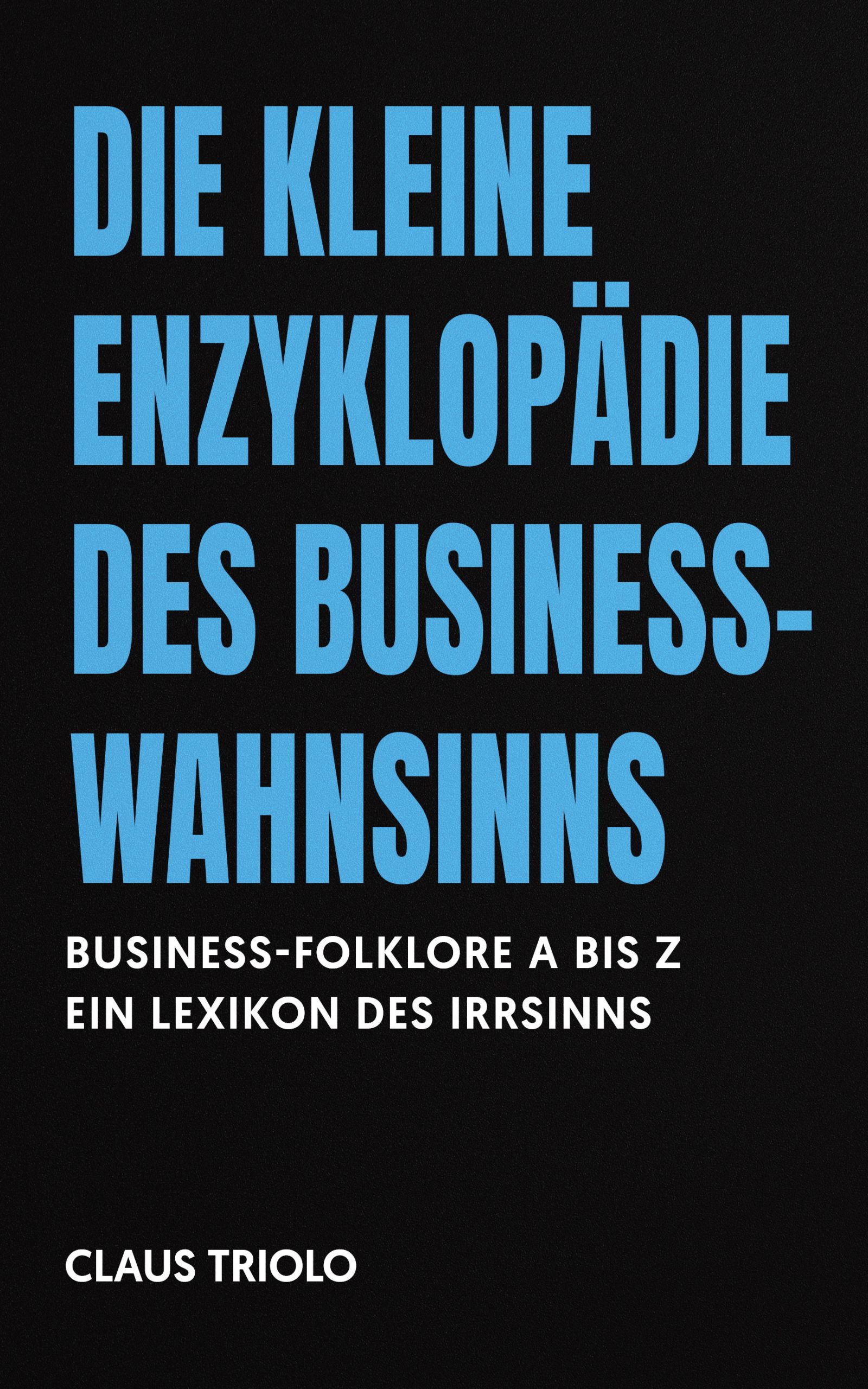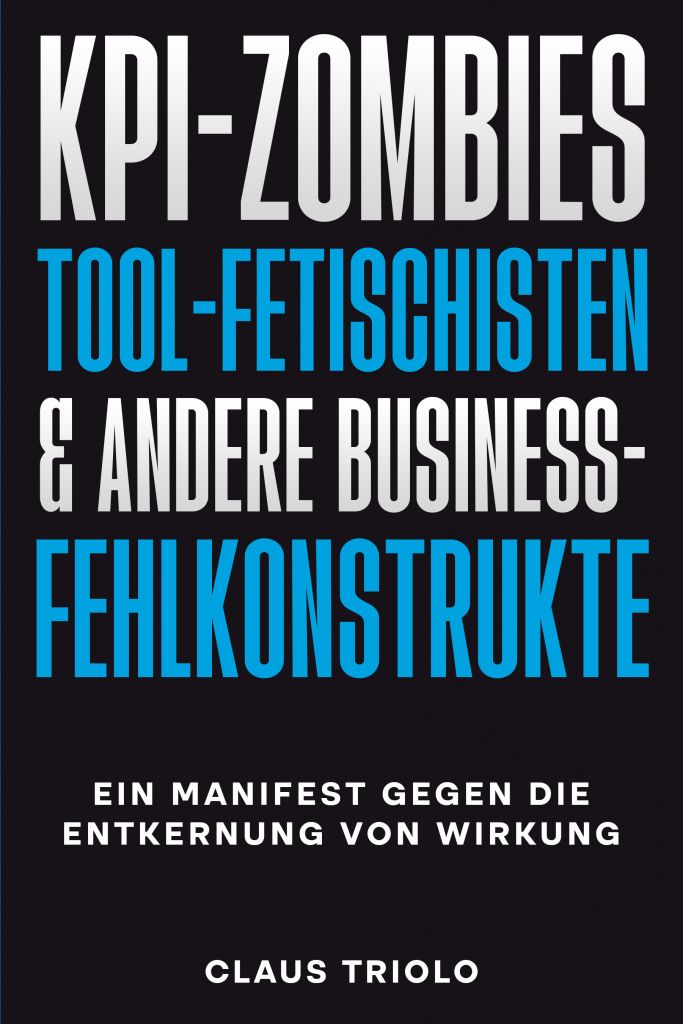In today’s rapidly evolving business landscape, the distinction between a healthy organizational culture and a potentially toxic cult-like environment is more crucial than ever. While both involve shared beliefs, behaviors, and values among members, the nuances between the two can have profound implications for employee well-being, productivity, and the overall success of the company.
Culture:
An organization’s culture encompasses its values, norms, rituals, and behaviors that define how employees interact, make decisions, and pursue the company’s goals. A positive culture fosters inclusivity, collaboration, innovation, and a sense of belonging among employees.
Cult:
On the other hand, a cult within an organization is characterized by extreme devotion to a charismatic leader or ideology, often at the expense of individual autonomy, critical thinking, and ethical considerations. In a cult-like environment, dissent may be suppressed, and conformity is enforced through coercive tactics.
“Culture eats strategy for breakfast”
Peter Drucker, Author and Management Expert
1. Leadership vs. Control
In a healthy culture, leadership encourages empowerment, autonomy, and accountability among employees. Leaders serve as role models who inspire and guide their teams toward shared objectives. In contrast, cult-like environments are marked by control, where leaders exert dominance and manipulate followers to maintain power and loyalty.
2. Openness vs. Secrecy
A strong culture values transparency and open communication, where information flows freely and decisions are made collaboratively. Conversely, cults thrive on secrecy, often concealing their true motives, practices, or failures from outsiders and even their own members.
3. Diversity vs. Conformity
Healthy cultures embrace diversity of thought, backgrounds, and perspectives, recognizing the value of different viewpoints in driving innovation and problem-solving. Cults, however, demand conformity, stifling dissent and discouraging independent thinking to preserve the status quo.
4. Learning vs. Indoctrination
Organizations with a positive culture prioritize continuous learning and personal growth, providing opportunities for development and skill enhancement. In contrast, cults engage in indoctrination, manipulating beliefs and behaviors to align with a rigid doctrine or ideology.
Recognizing the signs of a cult-like culture is essential for safeguarding the well-being of employees and the long-term health of the organization. Some red flags 🚩 include:
– Authoritarian Leadership
Leaders who demand unquestioning obedience and discourage dissent.
– Isolation
Employees cut off from external influences or discouraged from interacting with those outside the organization.
– Exploitative Practices
Financial exploitation, overworking employees, or coercing them into unethical behavior.
– Groupthink
A lack of critical thinking or independent decision-making among employees.
– Fear-Based Control
Punitive measures or threats used to maintain control and loyalty.
“Execution eats strategy for lunch”
Louis Gerstner, former CEO of IBM
To mitigate cult-like behaviors and foster a healthy organizational culture, companies can adopt the following best practices:
1. Promote Transparency
Encourage open communication, share information openly, and involve employees in decision-making processes. Transparency builds trust and fosters a sense of ownership among employees.
2. Encourage Diversity
Embrace diverse perspectives and create an inclusive environment where all voices are heard and valued. Diversity leads to innovation and enhances problem-solving capabilities within the organization.
3. Foster Autonomy
Empower employees to make decisions, take ownership of their work, and pursue professional development opportunities. Autonomy fosters a sense of responsibility and accountability, driving employee engagement and motivation.
4. Establish Boundaries
Set clear boundaries between work and personal life, and ensure that employees have a healthy work-life balance. Encourage breaks, vacations, and time for self-care to prevent burnout and promote overall well-being.
5. Provide Support
Offer resources for mental health and well-being, and address any concerns or grievances promptly and effectively. Supportive leadership and a culture of care create a sense of safety and belonging among employees.
In the ever-evolving landscape of modern business, understanding the difference between a healthy organizational culture and a potentially toxic cult-like environment is essential. While both entail shared beliefs and behaviors among members, the nuances between the two can significantly impact employee well-being and organizational success.
Peter Drucker’s quote emphasizes the pivotal role of culture in determining organizational outcomes. Regardless of how well-designed a strategy may be, it is the underlying culture that ultimately dictates its success or failure. This underscores the importance of fostering a positive and supportive culture within the organization.
On the other hand, Louis Gerstner’s quote highlights the critical nature of execution in translating strategic plans into tangible results. Even the most brilliant strategy will falter without proper execution, which heavily depends on the organization’s culture and the commitment of its members to carry it out effectively.
In conclusion, while both culture and cults may involve shared beliefs and behaviors, the distinction lies in the degree of autonomy, openness, and inclusivity within the organization. By prioritizing trust, collaboration, and respect, companies can cultivate a positive culture that enables employees to thrive and contribute to the organization’s success. This approach not only helps to avoid the pitfalls of a cult-like environment but also creates a vibrant workplace where innovation and productivity flourish, driving the company toward long-term success.
“In the battle of business, culture is the weapon, and execution is the victory!”
Claus Triolo, The Procurement Rainmaker™



















